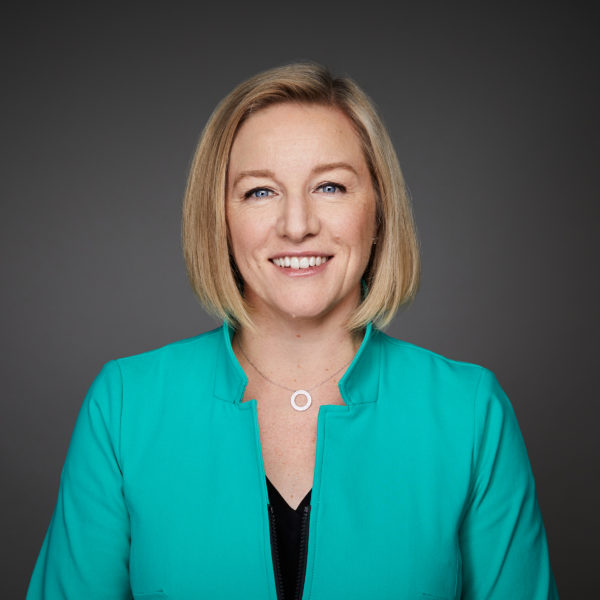I met Carina Edwards, CEO of Quil when in Philadelphia for the B!PHL Innovation Festival a couple months ago. We were both speakers at this great community event centered on innovation. Since meeting, I’ve talked with Carina a few times and feel like I made a fast, forever friend. Each conversation has been at a lightning pace, packed full of ideas, and fun!
Within the first fifteen minutes of our first discussion, I knew I was talking with a BOLD leader. Happily, Carina agreed to an interview. We quickly confirmed that she was born with curiosity, confidence, empathy and trust – the four core characteristics of BOLD leaders who, by our Aveus definition, think and act beyond the existing organizational limits, are imaginative, and are willing to take risks to get rewarding results.

While she had an internal well of confidence, like other BOLD leaders I’ve interviewed, Carina offered, “Early in my career, I felt like I was showing up as an imposter! Externally, I showed up confident, but internally, I was thinking, ‘I don’t know if I’m qualified for this, but it seems like common sense!’” Through team sports and work experiences she built her confidence and learned how to lead when she didn’t have all the answers. And, face it, who has all the answers? BOLD leaders absolutely know they don’t!
This led to the heart of our conversation. Carina surrounds herself with people – smart, more knowledgeable in their chosen areas of expertise, and who are collaborative and appreciate diversity of thought.
As she put it, “I need people around me who will answer the question, ‘What would YOU do?’ Don’t ‘YES’ me! Do not ‘manage’ me! Lots of folks can answer what not to do. Monday morning quarterbacking is easy. What you need are people who have creative ideas about what to do.” She gave an example of learning from a former CEO mentor that as a functional leader, when you entered the board room, you were a company representative – not a functional leader. You learned to think “company first, not function first.” She said if the meeting participants started to defend or explain from a functional perspective, this CEO would “lose it” saying, “I need executives in this discussion!”
This resonated for me because I’ve seen it so many times in so many client organizations: Individuals are invited to the table to help creatively think on behalf of the whole organization, but they behave like they are members of representative government. They literally can’t or won’t step out and step up to think bigger and about what is most important overall.
I asked Carina why she thinks this happens. She had a couple great insights:
First, “Functional leaders have to be comfortable having – and sharing – opinions (openly and constructively) about other functions. And as a leader, you need to be secure enough to be open to the input.” You get to decide what you want to do with it, but being open to hearing it is critical. (Open is the “O” in the acronym BOLD!)
Second, that takes the right culture. You have to build the trust and environment where constructive ideas are nourished. As she put it, “It’s the uncomfortable questions that really test the culture.”
Prior to Quil, Carina was at Imprivata where she had a great BOLD leader experience. She was hired when the company was losing customers, in part because of their rapid growth and fractured approach to the customer. All of the functions were doing what they thought was right but not in sync and not aligned with a great customer experience. Carina took a cross-functional approach to changing and aligning – everything – resulting in 99% customer retention three years running before she left the company. That’s a great example of what BOLD leaders do. They see beyond the organization as it exists and make the changes needed to benefit both customers and the company.
Carina left her great career and a team she loved at Imprivata to accept the role of CEO at Quil. On her way out the door, she asked her team for any advice. The best advice was,
“You get there before everyone else gets there. You need to slow down and allow people time to align and see all of the connecting dots to get to the ultimate end goal.”
Carina found that input spot on and is today practicing pacing herself and stopping to think about how others learn. She listens more and wants people to take active roles in the strategy discussions. Instead of telling, she’s thinking more about “what questions can I ask them to help them out of their function, get engaged, involved, and aligned?”
Starting with, “What would YOU do?”
A couple questions for you:
- How do you handle the “Monday morning quarterbacks” and nay-sayers that can effectively (intentionally or not) stifle advancement?
- What methods and questions do you use to get the best input from everyone around you?
